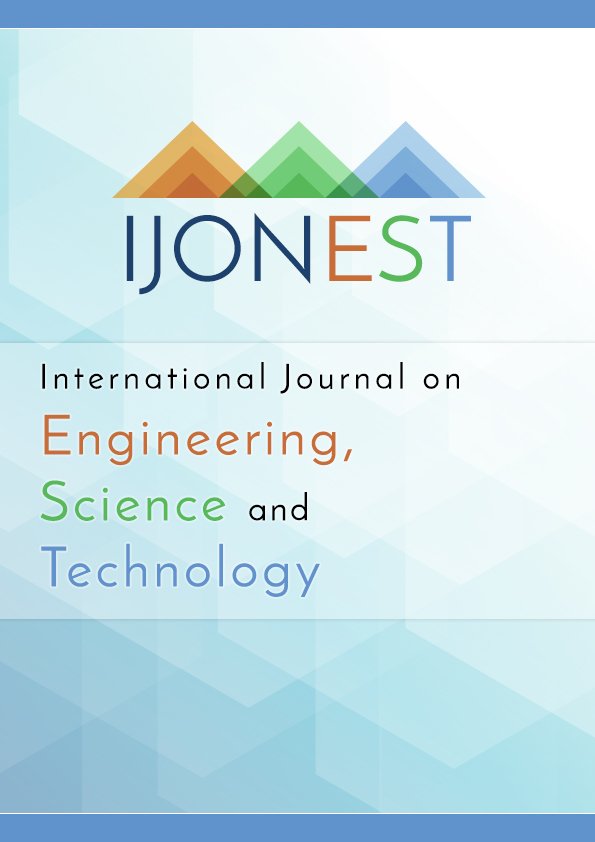Development of Teaching Materials for Science Courses Based on Digital Comic on Temperature, Heat, and Expansion Materials for Class Vii Smpit Al Kahfi, Bogor Regency
DOI:
https://doi.org/10.46328/ijonest.98Keywords:
teaching materials, digital comics, research and developmentAbstract
This study aims to 1) determine the procedure for developing digital comic-based science teaching materials on temperature, heat, and expansion grade VII materials, 2) determine the feasibility of digital comic-based science teaching materials on temperature, heat, and expansion grade VII materials, 3) find out the effectiveness of science teaching materials based on digital comics on the material of temperature, heat, and expansion for class VII. This study uses research and development methods (Research and Development). The results of this study are 1) the development of digital comic-based teaching materials using the ADDIE model (analyze, design, development, implementation, evaluation). This product is based on an application that can be installed on a computer or device, making it easy to use anywhere. The material presented is temperature, heat, and expansion. In the development of digital comics teaching materials, family characters (mother and children) are used and are equipped with images that match the storyline. There are also materials, practice questions, and evaluations that are tailored to the curriculum of the driving school. 2) the feasibility of teaching materials is obtained from the results of the validation of the material experts who show a value of 80% which means that it enters the criteria very valid/feasible, while the linguist shows a value of 96% which means that this product is very valid/feasible, while the results from media and learning design experts by 76% and 79% which means valid/feasible. 3) The average pretest obtained in the field trial was 59, while the posttest was 74. Based on the normality test, that the significance value was 0.2 > 0.05 that the resulting data were normally distributed. Based on the hypothesis test data.Downloads
Published
Issue
Section
License
Articles may be used for research, teaching, and private study purposes. Authors alone are responsible for the contents of their articles. The journal owns the copyright of the articles. The publisher shall not be liable for any loss, actions, claims, proceedings, demand, or costs or damages whatsoever or howsoever caused arising directly or indirectly in connection with or arising out of the use of the research material.
The author(s) of a manuscript agree that if the manuscript is accepted for publication in the International Journal on Engineering, Science and Technology (IJonEST), the published article will be copyrighted using a Creative Commons “Attribution 4.0 International” license. This license allows others to freely copy, distribute, and display the copyrighted work, and derivative works based upon it, under certain specified conditions.
Authors are responsible for obtaining written permission to include any images or artwork for which they do not hold copyright in their articles, or to adapt any such images or artwork for inclusion in their articles. The copyright holder must be made explicitly aware that the image(s) or artwork will be made freely available online as part of the article under a Creative Commons “Attribution 4.0 International” license.

This work is licensed under a Creative Commons Attribution-NonCommercial-ShareAlike 4.0 International License.





